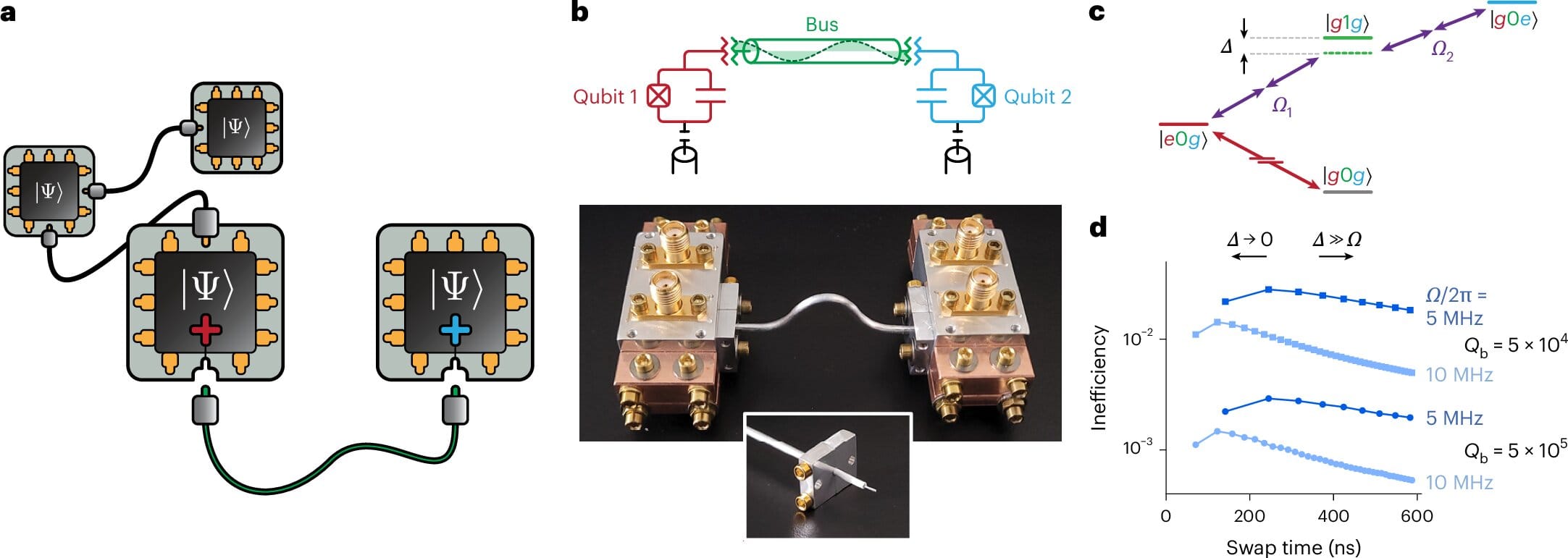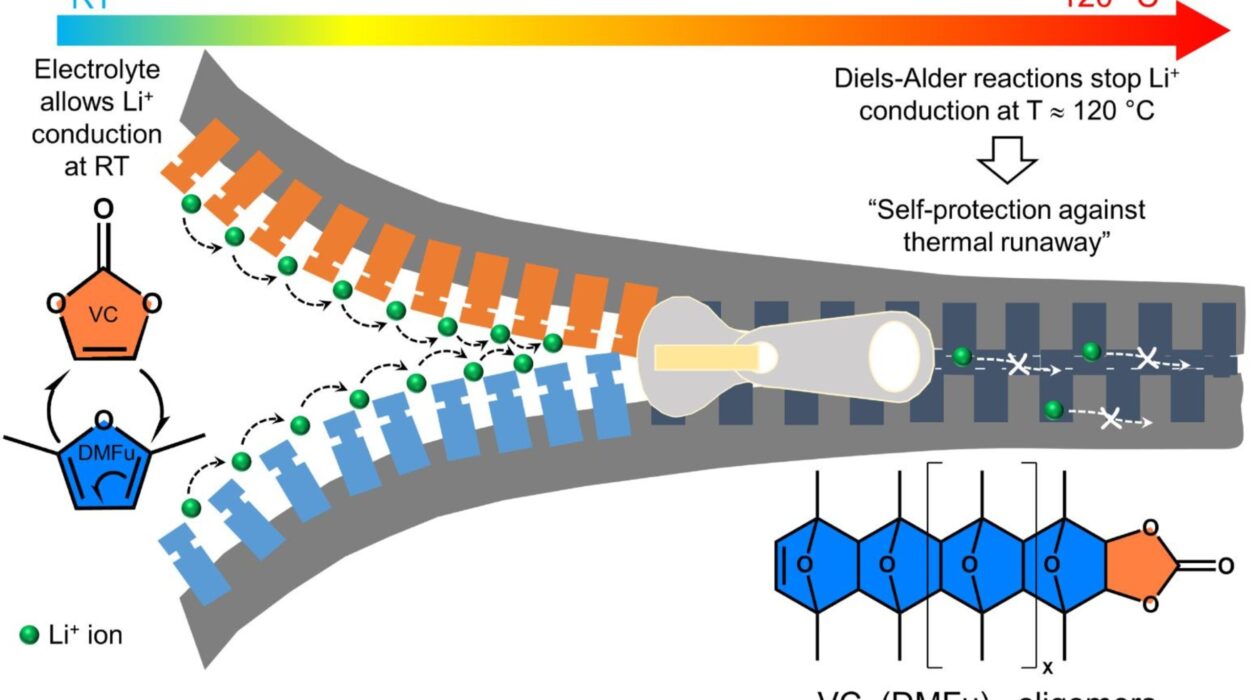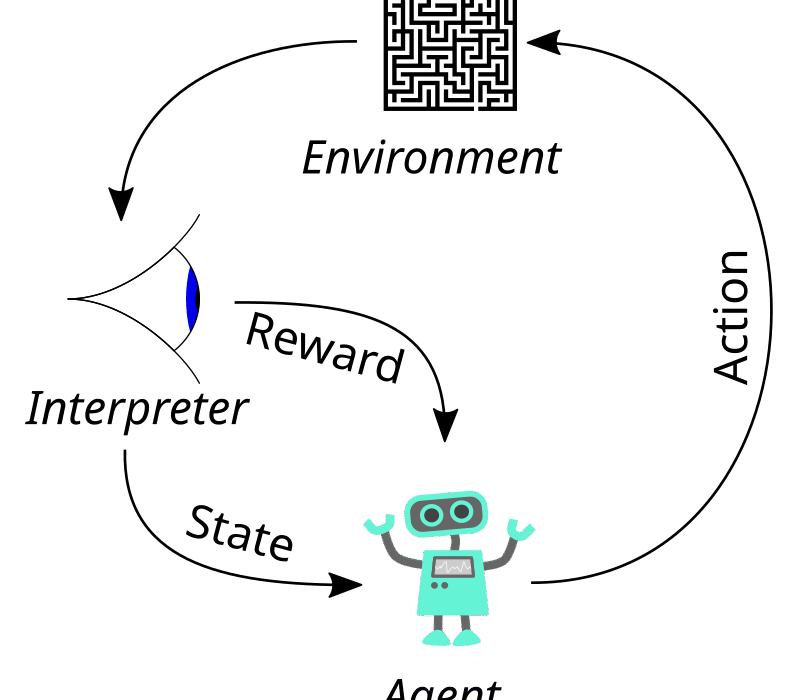If you’ve ever watched a child stack colorful plastic bricks into a castle, spaceship, or robot, you’ve seen a core principle of engineering in action: modularity. The beauty of modularity lies in its simplicity—you build small, reliable parts and combine them into something greater than the sum of its parts.
In a fascinating twist of science imitating play, physicists and engineers are now applying this principle to one of the most complex frontiers in modern technology: quantum computing. This isn’t just an abstract metaphor. It’s a radical shift in how we think about building the quantum machines that could someday revolutionize everything from drug discovery to artificial intelligence.
At the University of Illinois Urbana-Champaign’s Grainger College of Engineering, a team of researchers has unveiled a breakthrough modular architecture for superconducting quantum processors, marking a major step toward scalable, fault-tolerant quantum computers. Their study, published in Nature Electronics, describes a flexible, reconfigurable design that may finally allow scientists to connect high-performing quantum components like children snapping together Lego blocks—with extraordinary precision.
Why the Quantum Revolution Needs a Modular Mindset
Unlike classical computers, which store and process data using binary bits (0s and 1s), quantum computers use qubits, units that can exist in a superposition of 0 and 1 at the same time. This unique property allows quantum computers to explore multiple solutions at once, making them exponentially more powerful for specific tasks.
But qubits are delicate. They require extreme conditions—like temperatures near absolute zero—to function, and they’re notoriously prone to error due to interference from their environment. That makes building large, reliable quantum computers extraordinarily difficult.
Traditionally, many researchers have tried to solve this by constructing monolithic quantum systems—single, unified devices housing all the necessary qubits and wiring in one structure. But these systems quickly run into a wall. They’re hard to scale, expensive to fabricate, and nearly impossible to fix or reconfigure if something goes wrong.
“Think of it like trying to bake a massive, multi-layer cake in one go,” explains Wolfgang Pfaff, senior author of the study and assistant professor of physics at UIUC. “If one layer sags or cracks, the whole thing suffers—and you can’t fix it without starting over.”
In contrast, modular systems offer a new path forward. By building small, independently optimized units of qubits and then linking them together, scientists can scale up their systems more efficiently, replace faulty parts, and adapt to new technologies as they emerge.
A Delicate Dance of Fidelity and Flexibility
The key to success in modular quantum computing is more than just snapping pieces together. It’s ensuring that these connected pieces talk to each other with the same level of precision and coordination as if they were a single machine. And in quantum terms, that means preserving fidelity—the accuracy with which operations are performed between qubits.
In their new work, Pfaff and his team tackled this challenge head-on. They designed a system where two separate quantum modules, each housing superconducting qubits, are connected via a superconducting coaxial cable. This cable acts like a quantum bridge, allowing the modules to exchange information and perform entangling operations—a fundamental process for quantum logic.
The result? The team achieved a ~99% fidelity for a SWAP gate, a standard quantum operation that exchanges the states of two qubits. That means less than 1% of the information is lost or corrupted during the interaction—a performance level approaching what’s needed for real-world quantum applications.
And perhaps most impressively, the system was reconfigurable. The modules could be separated, adjusted, and reconnected without compromising performance—a dramatic improvement over conventional, fixed systems that often only reveal their flaws after assembly.
“We really wanted a system where we can take things apart, inspect them, make improvements, and put them back together,” said Pfaff. “That kind of flexibility is crucial if we’re ever going to build quantum computers that can be upgraded, repaired, and scaled.”
Quantum Communication Through Cables: A Silent Symphony
At the heart of this advance lies a subtle but powerful shift in engineering philosophy: cables are not just passive conduits. In this architecture, they’re active participants in the quantum system—meticulously engineered to preserve coherence and minimize loss while connecting modules as if they were parts of the same quantum brain.
“Finding an approach that actually works has taken a while,” Pfaff admitted. “We all know what we want: the ability to stitch bigger and bigger quantum processors together. But doing that while maintaining high performance is really, really hard.”
The breakthrough wasn’t a single eureka moment, but the result of years of research, experimentation, and refinement. It required finding just the right materials, fabrication techniques, and circuit design strategies to create not just a connection—but a quantum-quality connection.
Now, the pieces are falling into place.
Beyond Two Modules: The Road to True Scalability
With the two-module system performing well, the next challenge is obvious: scaling beyond a pair. This is where quantum modularity will either rise or fall. It’s one thing to connect two components. It’s quite another to orchestrate a network of them—each with its own qubits, operations, and error-checking mechanisms—without letting performance degrade.
That’s exactly what Pfaff’s team is setting its sights on next.
“We’ve shown that the idea works and that we can achieve good performance,” he said. “Now, we need to stress-test it. What happens when we try three modules? Four? Ten? Can we still identify and fix errors? Can we still reconfigure when something breaks?”
The team plans to tackle these questions by exploring new error-detection protocols, software-hardware co-design strategies, and even smarter communication interfaces between modules. The hope is that their modular system will not only scale—but evolve, adapting to future discoveries and hardware innovations.
A Blueprint for the Next Generation of Quantum Machines
While true, large-scale quantum computers remain on the horizon, this work represents a foundational milestone—akin to the first standardized parts in classical computing or the invention of the circuit board.
More than just a technical success, it is a shift in how we imagine building the quantum future. It transforms the daunting challenge of scaling millions of fragile qubits into something familiar and intuitive: building with blocks. High-precision, ultra-cold, quantum-entangled blocks—but blocks, nonetheless.
Pfaff and his team are building a vision of quantum computing that is accessible, maintainable, and fundamentally human. One that doesn’t rely on a perfect monolith, but on the creative assembly of imperfect parts—crafted, tested, and connected by hand.
And perhaps, just like the child building a dream from blocks scattered across the floor, they remind us that big things often begin with small, well-fitted pieces.
Reference: Michael Mollenhauer et al, A high-efficiency elementary network of interchangeable superconducting qubit devices, Nature Electronics (2025). DOI: 10.1038/s41928-025-01404-3






